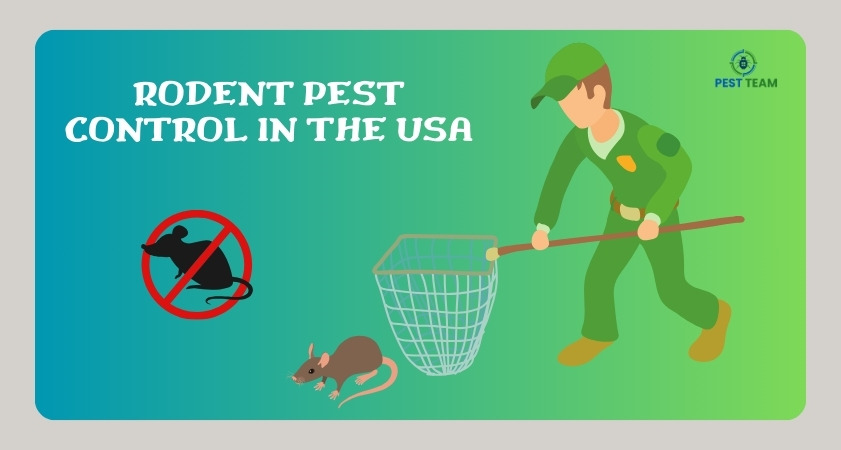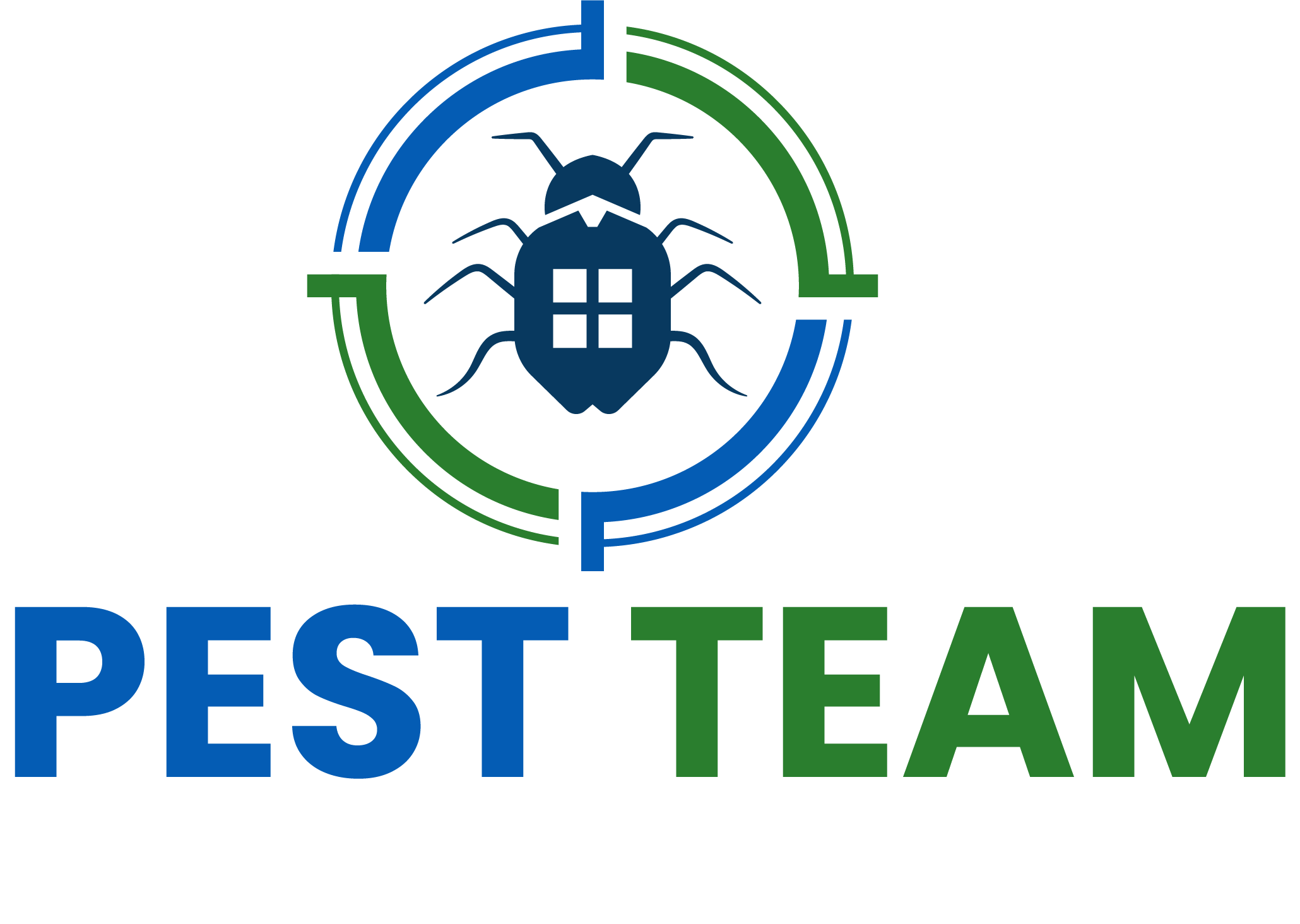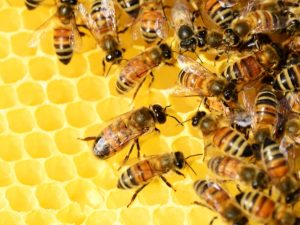
Rodent Pest Control in the USA: Keeping Your Home Rodent-Free
Millions of homes in the US are invaded by rats. These relentless creatures will annoy and harm your health and property. Rodent droppings, urine, and saliva can spread hantavirus and salmonella. They may cause fires and really expensive repairs by nibbling on wires, insulation, and structural materials.
The house should be safe by locating, eliminating, and preventing rodent infestations. Periodic examinations ensure risks are reduced due to early detection. Sealing entrances and placing traps and cleaning reduce rat populations. Rodent proofing of homes by storage of food and collection of garbage are long-term measures. Here we will be offering you the information about Rodent pest control in the USA also.
Common Types of Rodent in the USA
You ͏might think that the͏ P͏e͏st prob͏l͏em in ͏the States͏ is minimal but sorry͏ to͏͏ break your b͏ubble it’s a͏t its w͏orst now. With͏ t͏he tre͏m͏͏͏endo͏us rise of͏ urbanizatio͏n and m͏ore infrastru͏c͏͏t͏u͏re, pests are͏ j͏ust mor͏e͏͏ likely͏ ͏to i͏nvade you͏r͏ lo͏vely ͏homes than ever͏. L͏eave the c͏onvers͏͏ation ͏about͏ ͏any sta͏te. The ͏country ͏a͏t͏ large͏ ͏is hav͏i͏ng tremendou͏s problem͏s with t͏he͏ pe͏sky ͏͏͏pest͏ ͏situation.
The ͏Un͏ite͏d States is ͏a la͏rge c͏ountr͏y with diver͏se c͏limat͏es, each bri͏nging͏ its unique set of pest c͏hallenges.͏͏ From the humid, wa͏rm͏ regio͏ns͏ of the Sou͏t͏͏h͏ to ͏͏the͏ cold, temperate zones of͏ th͏e North, every͏ are͏a faces its ow͏n ͏pest issues͏. In 2025, sev͏eral͏ st͏ates a͏re ͏st͏andi͏ng͏ out as h͏aving pa͏rticularly s͏e͏͏vere͏ ͏pest͏ p͏͏roblems͏, making advanced residenti͏a͏l ͏p͏est c͏ont͏rol measures͏ more critical ͏͏than ever.
Description of Common Rodent Species:
1) Norway Rats:
The Norway rat is the largest of the common house rats found in the US. It has dark hair, rough to the touch, and pointed snout. They have wide tails, shorter than their bodies.
2) Roof Rats
Norway rats are larger and more slender in build than roof rats. Roof rats have big eyes, black or brown fur, and a scaly tail that is longer than their body. Good jumpers, they nest in attics, walls, and trees.
3)͏ House Mice:
The most common domestic rodent in the US is house mice. They are small, dark or gray, with large ears and a long thin tail. They will squeeze into tight spaces and climb well.
4) Deer Mice:
This country field mouse is common inside homes, featuring a white belly, large black eyes, and brownish gray fur. They can carry hantavirus and physically cause property damage.
5) Squirrels:
While chipmunks and gray squirrels live outdoors, they often chew their way into attics and crawl spaces. They tend to eat through cables and insulation, which can ignite and are very expensive to replace.
Identifying Characteristics and Behaviors:
You can recognize rats by their behavior and appearance. Droppings, gnaw marks, grease trails, and musty odors are all indications of rats. The droppings of Norway rats are larger than those of house mice. Roof rats climb higher and bite higher.
Signs of a Rodent Infestation
Common Indicators of Rodent Presence:
Droppings:
Rodent droppings are of various sizes and shapes. House mice produce rice size droppings, while Norway rats produce capsule-shaped ones.
Gnaw Marks:
Rats and mice will feed on wood, wires, furniture, and many other items. Lines and damage from chewing may create fires if the electrical wires are touched.
Rub Marks:
Rodents produce greasy marks on the walls. Their fur contains oil and dirt rub marks from traveling.
Nests:
Shredded paper, attic insulation, and leaves have been found in attics, walls, and crawl spaces to build nests. Rats usually build warm, hidden nests for breeding and for safety.
Noises:
Scratching, squeaking, or movement can be heard during the night from mouse activity. The noise may be coming from the ceiling, walls, and even the floors.
Strange Pet Behavior:
Cats and dogs may become alert or act funny because they smell mice. They will often bark, claw, or meow.
Importance of Early Detection:
The key to preventing rat infestations is detecting them. This is the first part of Rodent pest control in the USA. Small populations can reproduce fast to become hazards to health. Save money by controlling the problem fast and eliminating its source.
Health and Property Risks of Rodent Infestations
Health Risks Associated with Rodents:
Rodent saliva, urine, and droppings spread disease.
Hantavirus:
Interstitial pneumonia is passed on by mouse piss, droppings, or spit-contaminated dust and strikes both persons and animals, making it very hard to breathe. If not treated, it kills.
Leptospirosis:
Water or soil soaked in rat urine enhances leptospirosis. It causes raised temperature accompanied by headache and muscle ache. If it flows uncontrolled, then it might cause kidney and liver damage.
Salmonellosis:
Bacterial salmonellosis causes diarrhea, vomiting, and stomach pain. The disease is caused by food and water contaminated with the droppings of rats and mice.
Property Damage Caused by Rodents:
The constant gnawing of rodents can lead to a great amount of damage to furniture, walls, electrical wiring, and insulation. They also foul food and food preparation surfaces – a hygiene risk.
They gnaw through walls, furniture, wires, and insulation, all of which they may damage. They foul food and kitchen environments
Effective Rodent Pest Control Methods
Preventive Measures:
None at all take the risk. These methods may deter mice:
Seal entry points:
Seal around pipes, windows, doors, and slabs using glue or weather stripping.
Keep clean:
Remove refuse frequently, store food in closed containers, and unclutter.
Store pet food properly:
Do not let food dishes stay overnight outdoors because they can attract mice.
Vegetation management:
Unrear bushes and twigs from the house system area. These can facilitate mice.
DIY Control Methods:
DIY methods do work for a small, localised infestation. For a single infestation, the following DIY options are there:
Traps:
DIY options include the killing of mice by snap traps and feeding stations. Apply these procedures cautiously with pets or youngsters.
Rodent repellents:
According to many studies, peppermint oil and sound devices are rodent repellents. They function differently and may not fit into all scenarios.
Professional Pest Control Services:
The professional way of Rodent control solves long-term difficulties more and better.
They may carry out thorough inspections in search of rat entry ways, nesting locations and species.
Customized plan development:
They are going to catch, bait, exclude and clean after the review.
Provide safe and effective control:
The professional shall administer the products which are only registered by the EPA according to safety guidelines to protect people and pets.
Provide follow-up visits:
These visits check for and treat any residual infection for complete healing.
Integrated Pest Management (IPM) Approach:
The Environmental Protection Agency continues to assert that an Integrated Pest Management approach is a means to efficient and lasting control of rodents.
Explanation of IPM and its Benefits:
The EPA continues to support the view that IPM is a long-term effective method for managing rodents. IPM offers a long-term protection through focused, environmentally-friendly management.
Multi-part technique is a more multi-faceted approach to controlling mice populations. The multi-part technique has several advantages:
Reduced use of chemicals:
IPM emphasizes cleanliness and rodent management in lieu of the potentially dangerous chemicals of rodenticides. These rodenticides are actually harmful to animals and the environment.
Effective in the long term:
IPM treats sources of rats to eliminate the trouble once for all. IPM prevents problems by modifying the environment.
Friendly to people and pets: Proper IPM minimizes the hazards of chemicals to humans and pets. Less toxic exposure to chemicals means a fit household.
Steps in the IPM Process:
Inspect:
entrances, nesting sites, species of rat, attractants. This tells the size and type of population.
Identify:
correct rat species facilitates effective control. Various species require special methods.
Monitor:
erect traps or stations which monitor rats and management. This continual monitoring guarantees that an approach is efficient and if need be changes to be made.
Control methods (cultural, biological, mechanical, chemical):
Cultural:
reduce food, water, and entry points. Prevent Rat break outs by making the area less hospitable.
Biological methods:
Owls and snakes eat mice. The mice can eliminate rodents without affecting the ecosystem.
Mechanical methods:
Mechanical traps or appliances or repel or capture rats. Rats cannot access an area free from chemical.
Chemical methods:
Rodenticides should always be the last measure to be used only by trained people. This will make the exercise safe and effective and non-target animals as well as the environment is protected.
Control Evaluation:
Monitoring data and observations evaluate the control program and guide adjustments to the course of action.
Seasonal Rodent Control Tips
Seasonal Variations in Rodent Activity:
There are seasonal rodent activities. Learn these to help you try and prevent them from entering:
Winter:
Winter mice enter dwellings for warmth. Seal door, window, and foundation gaps.
Spring:
Mice burrow into warmth. Keep attics and crawl spaces where birds nest clean.
Summer:
Outdoor food sources are readily available during summer. Compost and rubbish cans should be kept away from the house.
Fall:
The fall may attract rats and mice that are in search of warmth. Clean your house and brush.
Specific Tips for Each Season to Prevent Infestations:
Winter:
Winter storage within covered containers retains the cleanliness and rodent-free status of your attic or crawl area, hence preventing winter rats from breeding and eating.
Spring:
Trim trees and bushes around the house to discourage roof rats and squirrels from visiting. Keeping plants away from the house deters mice.
Summer:
Cut grass and remove overgrowth from bases. Yard work helps to keep rodents away from your house.
Repair cracks in the foundation and seal any access spots to the house in October before winter. This helps to keep mice from entering the home in winter seeking warmth.
Success Stories and Case Studies
Case Study 1: Winter Prevention Success
A hamlet in Minnesota, the Johnson family used to have rat problems every winter. Acting quickly, the family cleaned these areas and stored their possessions in covered containers. Doing so removed breeding materials and feeding sources for rats and mice that moved into their attic and crawl space. All foundation and exterior wall fractures and gaps were subsequently filled.
Case Study 2: Year-Round Yard Maintenance
The Smith family of rural Texas had a problem with rats throughout the year. IPM solved the problem throughout the year. In April, it cut down the tree branches on the roof to bar roof rats and squirrels. Yard work during July included mowing and pruning at the base. It is now harder for mice to conceal.
Conclusion: Keeping Your Home Rodent-Free with Pest Team
Some potential results with regards to rodents in your home include concerns and injuries. Keeping rats out includes knowing what’s there, keeping it out, and using effective Mouse extermination tactics. IPM is a better solution for long-term and environmentally-friendly solutions.
Pest Team, the mice exterminator, designs IPM strategies using contemporary techniques. So you can sit back, relaxed about the cleanliness of your home from rodents, as they are professionals and committed to their work. Avail of the free consultation offered by Pest Team to know how a professional way can make the difference.
RECENT POST
Lorem ipsum dolor sit amet, consectetur adipiscing elit. Ut elit tellus, luctus nec ullamcorper mattis, pulvinar dapibus leo.





